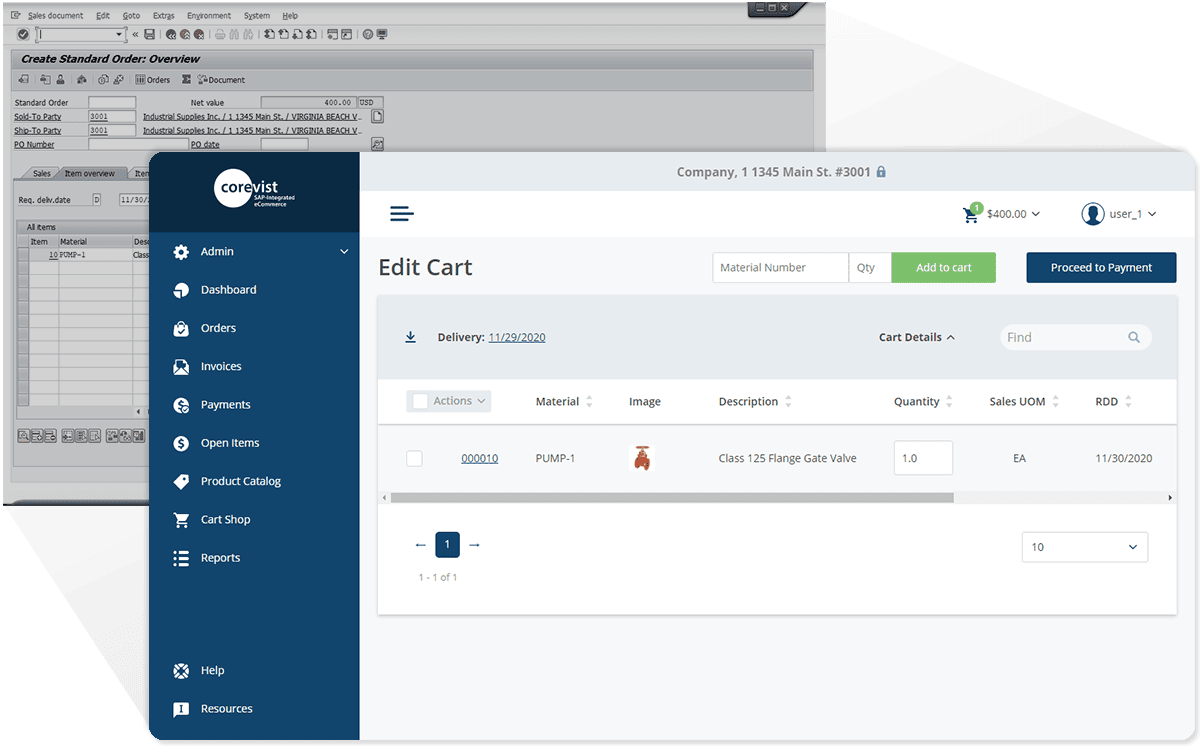True B2B Functionality Requires SAP Integration.
Learn how the 49 integration points included in Corevist Commerce Cloud
provide the B2B features you need. SAP certified, no middleware required.

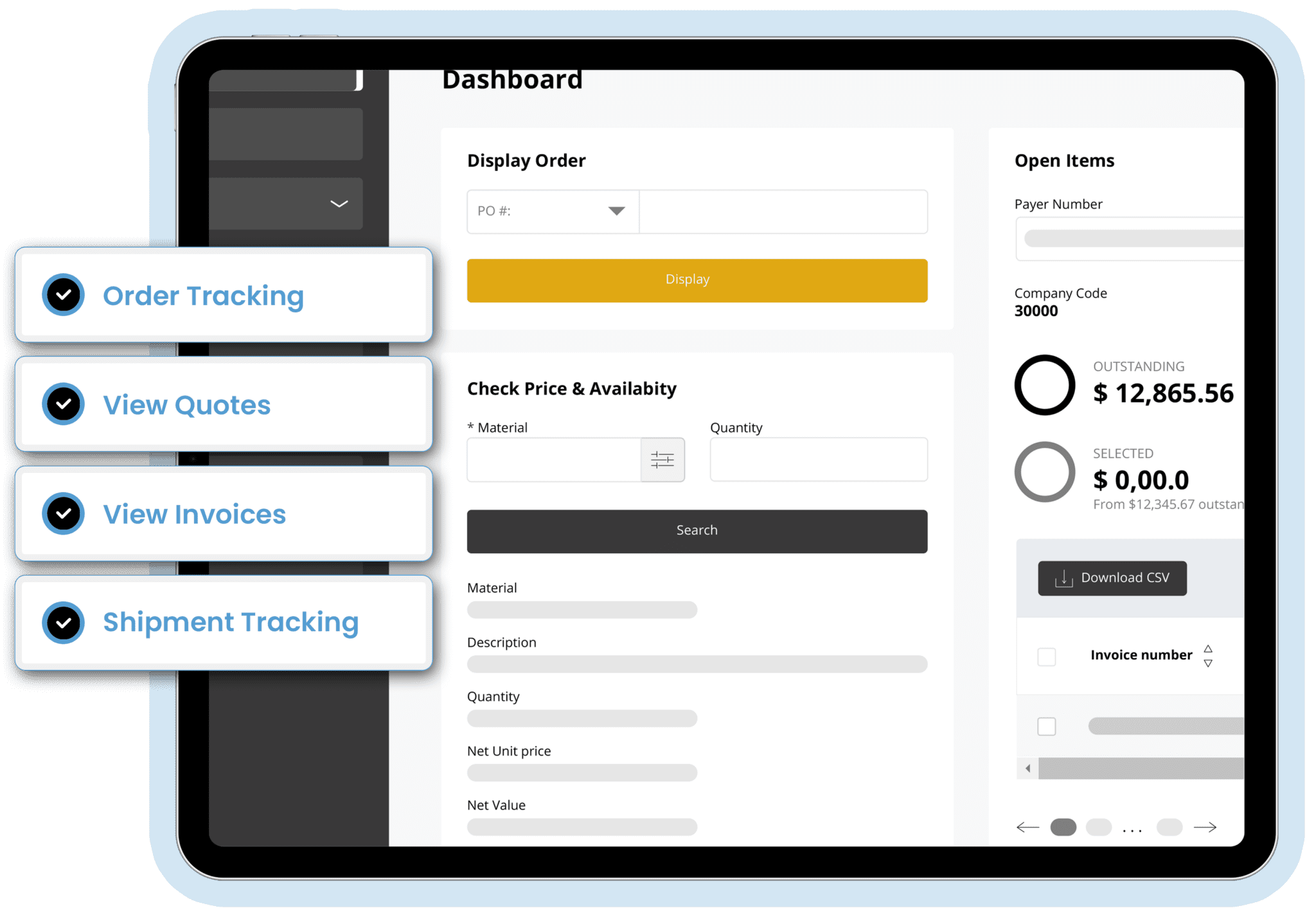
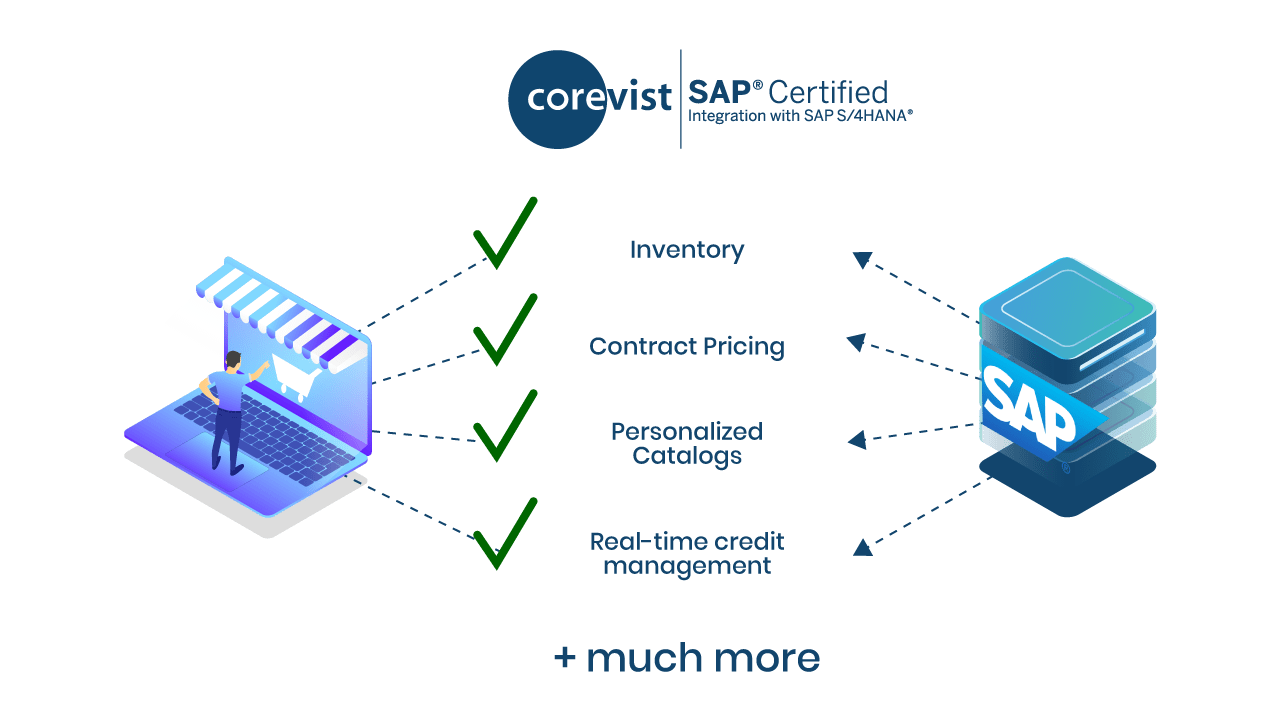
Here’s Our Secret:
We deliver mission-critical B2B features through 49 SAP integration points and 426 ABAP objects, all pre-built by SAP experts.
Material Master Data Integration Points:
1. Returns a list of materials based on search criteria (number, description) for all sales areas the user is assigned to/the sales area of an order.
2. Material availability check (SHOWN).
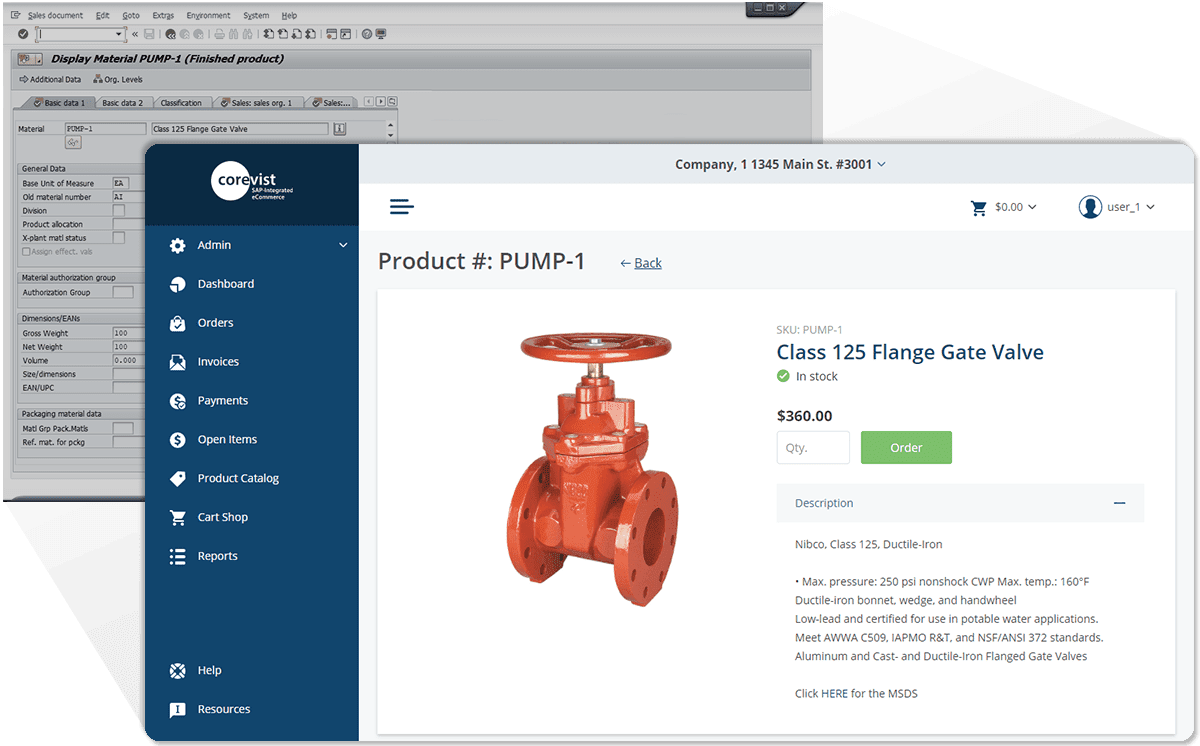
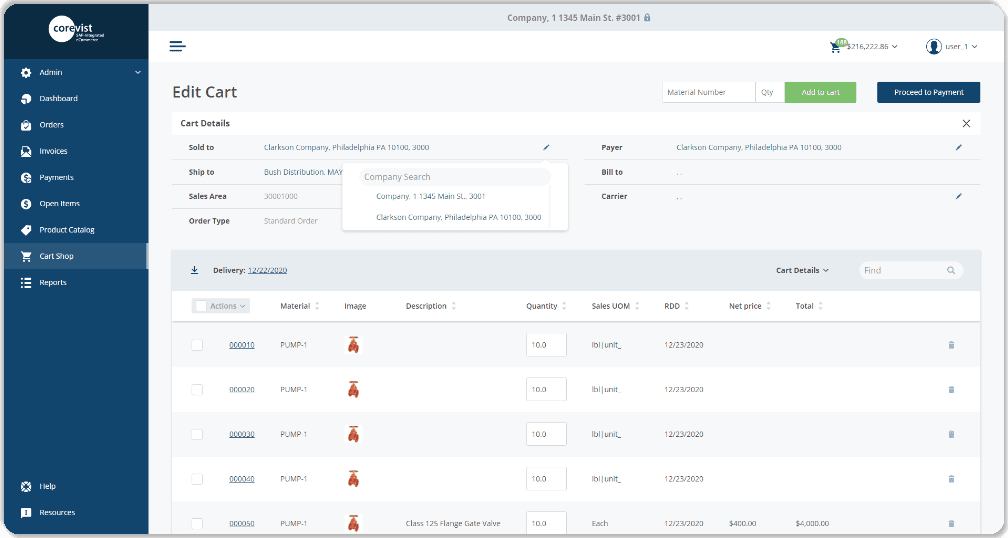
Customer Master Data Integration Points:
3. Show contact person
4. Retrieves the user’s assigned partner data (sold-tos, ship-tos and payers) for all sales areas the user is assigned to (SHOWN).
5. Has PCI compliant credit card integration with payment gateways:
- Paymetric
- Spreedly
6. Gets customer address.
7. Retrieves individual partner data (sold-to, ship-to or payer) for all sales areas the user is assigned to.
8. Returns a list of partners (sold-tos, ship-tos or payers) based on the search criteria (name, city, postal code, customer number) for all sales areas the user is assigned to.
9. Retrieves the requested partner functions of a specific customer.
Order Tracking Integration Points:
14. Retrieves a sales document based on the entered number (incl. doc flow info). Ensures only users assigned to the sold-to/ship-to and/or sales area are getting to see it.
15. Returns a sales document list based on the entered search. (Sold-to, ship-to, material, date range, delivery number, invoice number.) Ensures only results the user is allowed to see are returned (SHOWN).
16. Returns schedule lines showing both future and backordered line items.
17. Returns summary information about the requested sales documents as well as optionally the open items.
18. Returns a list of shipped (PGI’d) delivery note line items.
Accounts Receivable Integration Points:
19. Returns invoice by invoice number (restriction by user authorization).
20. Returns invoice list by search criteria (payer, material, date range, delivery number, order number; restriction by user authorization).Did my quote get approved?
21. Returns open items, with restriction by user authorization (SHOWN).
22. Returns payment history.
23. Pays open items, allowing customers to pay outstanding invoices via credit/debit cards and eChecks.
24. Clears invoices immediately in the A/R module of SAP.
25. Payment integration with Paymetric, Spreedly, and many other providers.
Technical/Foundational Objects:
26. Downloads /COREVIST/ or /CORES4/ code (depending on the system ECC or S/4)
27. Program to find customers/materials/orders/invoices.
28. Generates mock data.
29. IMG for Corevist.
30. Magento material data extract.
31. Test execution of PDF generation for Adobe.
32. Export translations for units of measure.
Auxiliary Integration Points:
33. Sample BTE user exit for A/R statements.
34. Refresh dynamic product proposal data.
35. Generate PDF of document output type (SHOWN).
36. Return list of tax jurisdiction codes based on ZIP code.
37. Generate pricing details for carts, orders, and invoices.
38. Calculate additional header totals for carts, orders and invoices.
39. Read SAP short dumps.
40. Submit a report for return to Web.
41. Get alternate selling units.
42. Simple email using SAPOffice.
43. RFC Parsing utility.
44 Reads configuration
45. Gets attributes of a date
46. Webservice to read material data for the catalog import
47. Adds an object attachment
48. Gets a document attachment
49. Lists document attachments
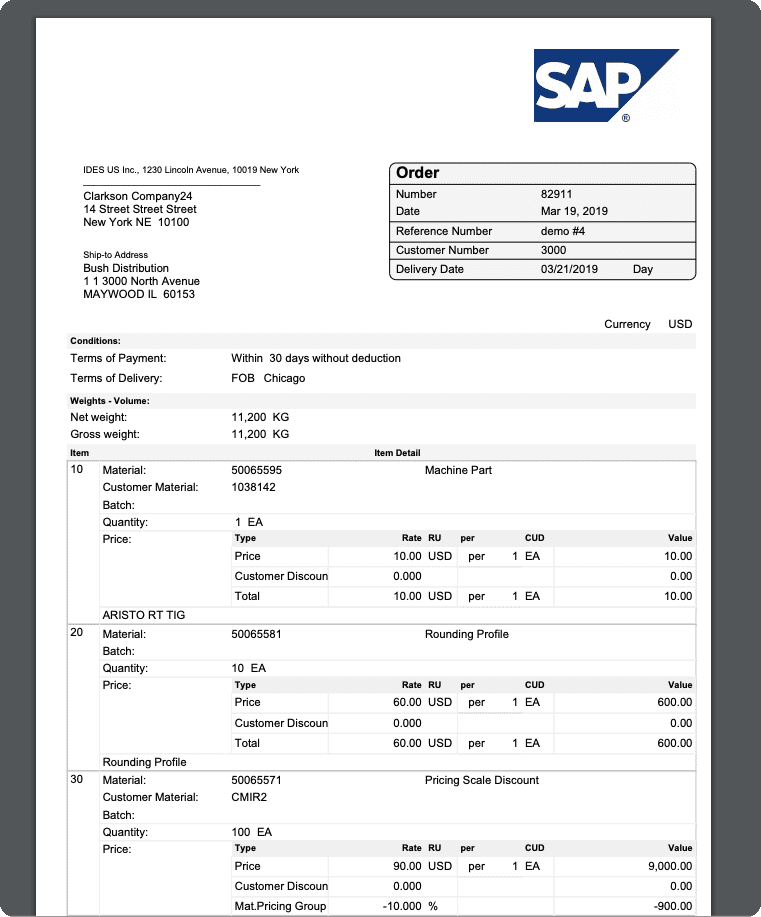

A Better Future Awaits Your Business.
It’s time to take action.
Schedule a consultation with a specialist, and let’s define your path forward.

